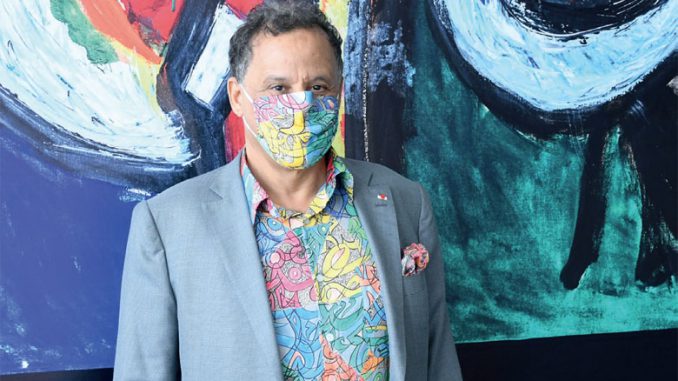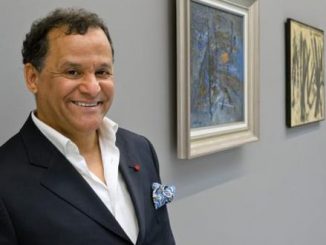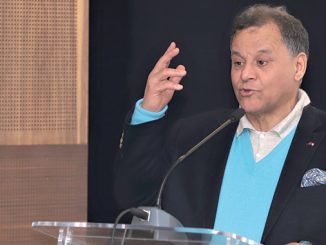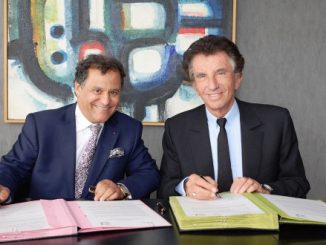
The Mohammed VI Museum of Modern and Contemporary Art offers to the general public of the capital, from 23 September to 8 February 2021, the exhibition “Gharbaoui, l’envol des racines” (Gharbaoui, the flight of the roots), in full respect of the measures of protection against the spread of Covid-19. This exhibition is a retrospective of the late Jilali Gharbaoui, highlighting 70 works from the 1950s and 1960s that testify to the artistic genius of this painter who passed away 50 years ago.
The exhibition “Gharbaoui, l’envol des racines” (Gharbaoui, the flight of the roots) was created after a break that lasted several months. It is making a strong comeback, as this break gave the National Museum Foundation team time to prepare for more grandiose projects. “We needed this break and then to take some time for ourselves. This time gave us time for the Foundation to reflect. This led us to change the programming to put Moroccan art more in the spotlight. Then we decided to open all our museums to show that art is life, it is hope,” says the president of the National Museum Foundation,
Mehdi Qotbi.
Mr. Qotbi did not fail to add, about the late Gharbaoui, that this artist has an essential place in the history of Moroccan painting. “Gharbaoui is one of the first Moroccan artists who put his hand and gave the breath of modernity. He is considered a pioneer of non-figurative Moroccan art and, through his desire for modernity, his openness to the world and his unique gestures, he marked the history of the country’s art at a time when a break with tradition was unthinkable. This retrospective thus allows the public to understand the complexity of an ambitious and avant-garde painter who inspired generations of Moroccan and European artists”.
Thus, this hanging of Gharbaoui is a well-deserved tribute to one of Morocco’s greatest artists who gave birth to immortal and avant-garde works. He was the first Moroccan artist to have gone beyond naive and orientalist art to engage in lyrical abstraction. His works have been the subject of much ink among the great Moroccan and foreign critics, both on his exceptional creations and his biographical writings. This exhibition was made possible thanks to the Al Mada Foundation and the Attijariwafa bank group, who agreed to share their collection of Gharbaoui with the Moroccan public. Without forgetting the director of the Mohammed VI Museum of Modern and Contemporary Art, his team and the entire team of the National Museum Foundation who worked hard to prepare this project. And of course, the hanging by Ghitha Triki, curator of the exhibition, who has imagined a beautiful scenography of the works of Jilali Gharbaoui.
This orphan since the age of 10 has had a very eventful life. In his youth, Gharbaoui was encouraged by Ahmed Sefrioui, who helped him to attend evening classes for years at the Academy of Arts of the city of Fez and then, in 1952, to obtain a scholarship to the Paris School of Fine Arts. During this stay in France, Gharbaoui rubbed shoulders with other styles of painting and became more inclined towards abstraction. His creations and exhibitions followed, notably in Morocco, France, the United States, Belgium, Italy, Canada, Japan, Mexico and Germany. “His colourful gestures are as much light that makes the matter vibrate within the colour. This impulsive gesturality expresses the hyper-emotion of the character, the vibratile side of his physical and mental impulses”, Restany wrote in 1990. However, Gharbaoui’s life was summed up in periods of creativity and health crises until his death on 8 April 1971 on a park bench at the Champ-de-Mars in Paris. He was then buried in Fez.




Be the first to comment